Some observations
It’s time to comment on the technical challenges involved in – not to be too coy about it – toileting and abluting. You do need your wits about you. For example, with the fancy Japanese toilets, there are options. Some automatically flush and some don’t (and if they don’t where is the flush mechanism – it could be anywhere); some have automatic waterfall or flushing noise to mask your own (hmmm) noises and some don’t; some even lift the toilet lid automatically while most don’t. You just don’t know what you might meet. Indeed, you might even still meet a squat toilet, as I did yesterday in a modern restaurant. That was a surprise but, thanks to my yoga teacher Andy, I was prepared!
Abluting – washing one’s hands, or bathing, or showering – comes with similar challenges. Are some functions, like soap dispensing, automatic or not, and so on? Some basins have built in soap dispensing, water dispensing and hand drying, but in various permutations and locations for each of these. All this is starting to appear to Australia, I know, but the choices are magnified here to sophisticated levels. The bath in our hotel room for example has two knobs to turn: one to turn on the water and one to manage the temperature, the latter of which seems to have an extra little safety button to depress for hotter than normal, I suppose, water. There are knobs, and switches and levers galore to navigate every time you toilet or ablute! I’m sure even Japanese people must be challenged at times.
My other main observation is that while places like Australia and the USA champion big things, this really is the land of the small – small cars, small trucks, small rice harvesters, small land excavators, and so on. There are also, all over the country, lots of small rice paddies, often right in small towns and villages, occupying single blocks between two houses.
Today’s sights
Awaji Yumebutai, and the Hyakudan 100 step flower garden
Awaji Yumebutai is a large complex comprising a hotel, conference centre, theatre, parks and gardens, all built near the epicentre of the 1995 Great Hanshin-Awaji earthquake. The complex was designed by the famous Japanese architect Tadao Andō (whom we’d “met” on Shikoku and the Seto Sea art islands back in 2011). He had begun planning for the project (as a park) prior to the earthquake, but the concept expanded afterwards.
So, with this morning dawning clear and mild, but with rain forecast for later in the day, our first priority was to explore some of this complex, particularly the 100 step flower garden, so called not because it has 100 steps – nothing as simple as that – but because it has 100 flower gardens. (According to Wikipedia, it has 1575 steps spread over 235 flights!) The garden was originally framed as a memorial to the earthquake victims. It is gorgeous – looking at it, and walking through it.
Anyhow, exploring Yumebutai (literally “dream stage”) was like a maze challenge because it’s easy to get disoriented and wonder where on earth you are. But, the external environment is so beautiful that you don’t mind. After all this is Tadao Andō, and his work, as was also evidenced on a smaller scale at yesterday’s Honpukuji, is characterised by line and light, curves and concrete – and water. In other words, there are feasts for the eye and thence the spirit, most places you look.
Gossakaito Archeological site
This site is related to the Ama people who played a central role in developing ancient Japan. Gossakaito was an iron foundry village that was operated by them at this site for about 100 years from 1800 years ago! (This period is the Yayoi period.) The Ama brought iron from the Korean Peninsula and made implements, some of which have been found over years of archaeological digs. Sounded interesting, so we wanted to have a look-see!
Easier said than done. Those who, figuratively speaking, came to Germany with us back in 2013, may remember our search, driving on ever decreasing roads, looking, fruitlessly as it turned out, for some of the prehistoric pile dwellings. Well, we started to fear this expedition was going to be the same, particularly when the GPS told us we’d reached our destination and we could see nothing. We drove on for, maybe, 50-100 metres and saw a P sign! There were a few other cars there, which was a good sign, given we were deep into a rural area, but there was still no signage for what we’d come to see. So, we decided to walk back the way we’d driven and, lo and behold, there were the two main thatched structures we were looking for. The reason we hadn’t seen them was that they were on high ground above the road and were not visible from the direction we’d come. Another win!
We looked around these restored/rebuilt thatched structures – there are only two big ones – then walked towards the activity going on In front of a building further away from the road. On the other side of that building was a car park wth a few cars, which, we learnt from the friendly spokesperson, was car park no. 1! We were in carpark no. 2, though we have no idea how you got to no. 1. Our GPS certainly wasn’t taking us there. However, we had a lovely chat with this woman, who gave us an English language pamphlet of the site, and a cup of water each. She had a fair smattering of English, learnt from an Australian high school photography teacher who apparently runs (or ran) an English conversation class.
We learnt that the ten or twelve people working there were volunteers who come once a month. They were industriously carving wood as part of their iron foundry work, though we couldn’t quite understand how all this wood carving related to the iron foundry. Anyhow, some were sitting on the ground, some were standing; most were dressed far more smartly than Australians taking part in such a workshop would be. We had a lovely time, particularly when they tried to make fire by rubbing a stick into a piece of wood! They seemed to enjoy trying to show what they were doing, as much as we enjoyed seeing it.
We told our new friend, who refused payment or even a donation, where we were going next. She told us that it was Aawaji’s no. 1 shrine and then proceeded to tell us about the two Kami!
Izanagi-jinja Shinto shrine
This, apparently, is the oldest shrine in Japan dedicated to the two creation kami we “met” yesterday. It’s a much larger shrine than yesterday’s Onokoro-jinja. One of the shrine’s special features is the 900-year-old camphor tree, which, says our leaflet, “looks like two people embracing”. So it is worshipped by people praying for a good match, pregnancy, and easy childbirth. We watched young couples circle the tree three times, each time doing the Shinto clap-and-bow, but didn’t feel the need to join in!
We also walked over the gorgeous red arched bridge that is relatively common in shrine complexes. On the bridge was a small group of Japanese women throwing food pellets to the Koi, turtles and other fish below. They insisted on giving Len and me some pellets each. Once again the kindness and courtesy of the Japanese!
Hokudan Earthquake Memorial Park
Our final stop of the day was this memorial to the Great Hanshin-Awaji Earthquake, of 1995. Its feature component is a long, glasshouse-looking building which covers/preserves a section of the actual Nojima fault. You can see what happened to the land in this section – a buckled road, big sideways shifts as well and up and down ones. You can also experience what a quake of this magnitude (7.3) would feel like (as you can via the earthquake machine in Canberra’s Questacon), and you see a private house that was on the edge of the fault. There are also some videos of the actual quake and tsunami. Most of the displays had English translations, and we were given an English language pamphlet at admission.
I was rather subdued, but it’s true of course, by the statement made at the end of one of the videos that “earthquakes, tsunamis and disasters are inevitable. We must not forget this”. In the Great Awaji-Hanshin Earthquake, over 6,000 were killed, and over 43,000 injured. Terrifying.
Food, again
It was another good day of eating, though on a smaller scale:
- Breakfast: This was pretty as yesterday, with a few different buffet choices. Delicious, again.
- Lunch: For lunch we walked into a restaurant opposite the main entrance to the Izanagi-jinja, and were immediately sat down by the young server. There was no English anywhere, but a menu with pictures, so we were ready to point and pick. We knew we wouldn’t starve. However, within seconds, he turned up with his phone and a young woman (his wife) on it, ready to translate our questions! How sweet, how enterprising, too. At the end of the meal, he brought “her” over again for a chat. We talked about the restaurant (discovering its name meant “pork fountain”), where she learnt English, the age of her baby, and so on. Really lovely. We had such friendly experiences today. We also had an interesting lemon Chu-hai, in which there were multiple frozen lemon wedges rather than ice. What a clever idea.
- Afternoon tea: By the time we returned to our hotel, around 3pm, we were exhausted, and needed a pick-me-up, that is, coffee and cake. The hotel’s small, stylish cafe-bar was just the thing.
- Dinner: We returned to the restaurant we’d found the first night, in the Yumebutai complex (but not in the hotel). We were recognised and welcomed by the manager/owner. This time, with Google translate in hand, we knew how to ask her the name of the restaurant. When we told her we were off to Wakayama, her response was “rain”. We know!!
Oh, and two other Awaji food specialties are Awajl beef and Awaji salt, not that we ever saw any cattle on our criss-crossing of the island, but I guess they are somewhere.
And some stills…
And some Movies…
Click here to view today’s video clips
Challenges Won…
- Using telephone numbers with the GPS to identify destinations. Without this information, all is lost since we cannot read Japanese script to enter addresses
- Successfully avoiding driving the left hand side wheels of the car into the vicious stormwater ditches which drop off vertically on the side of most small roads
- Working out the buttons, and working the body into position, to get the most out of the Japanese toilet. But the warm seat is a pleasure!
Challenges Lost…
- Getting stuck in the what turned out to be the underground carpark for day-trippers. There was no way for us to find our car parking spot there. What we needed was the second, entirely separate guests underground carpark, to which we had been directed upon our arrival.

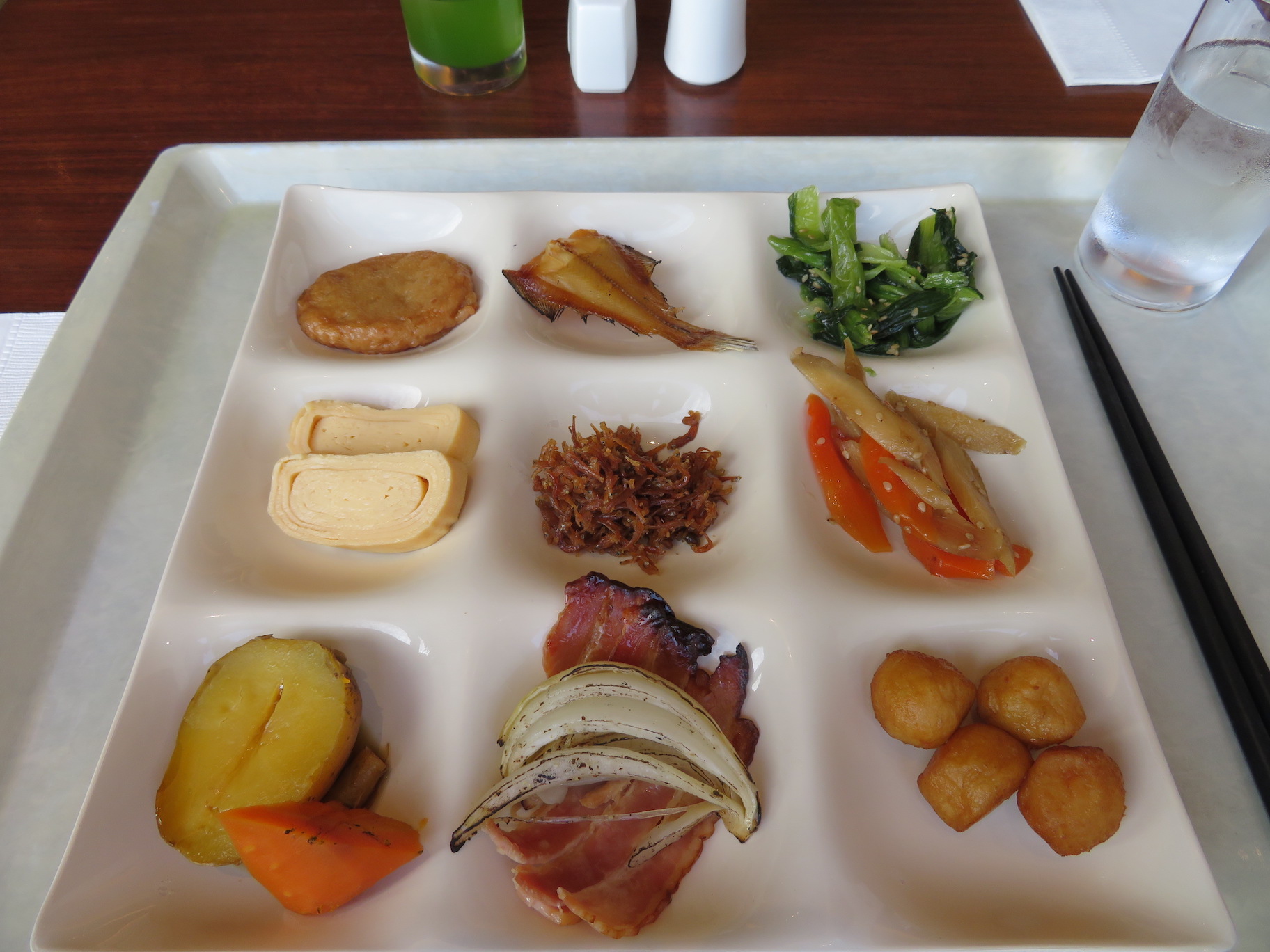

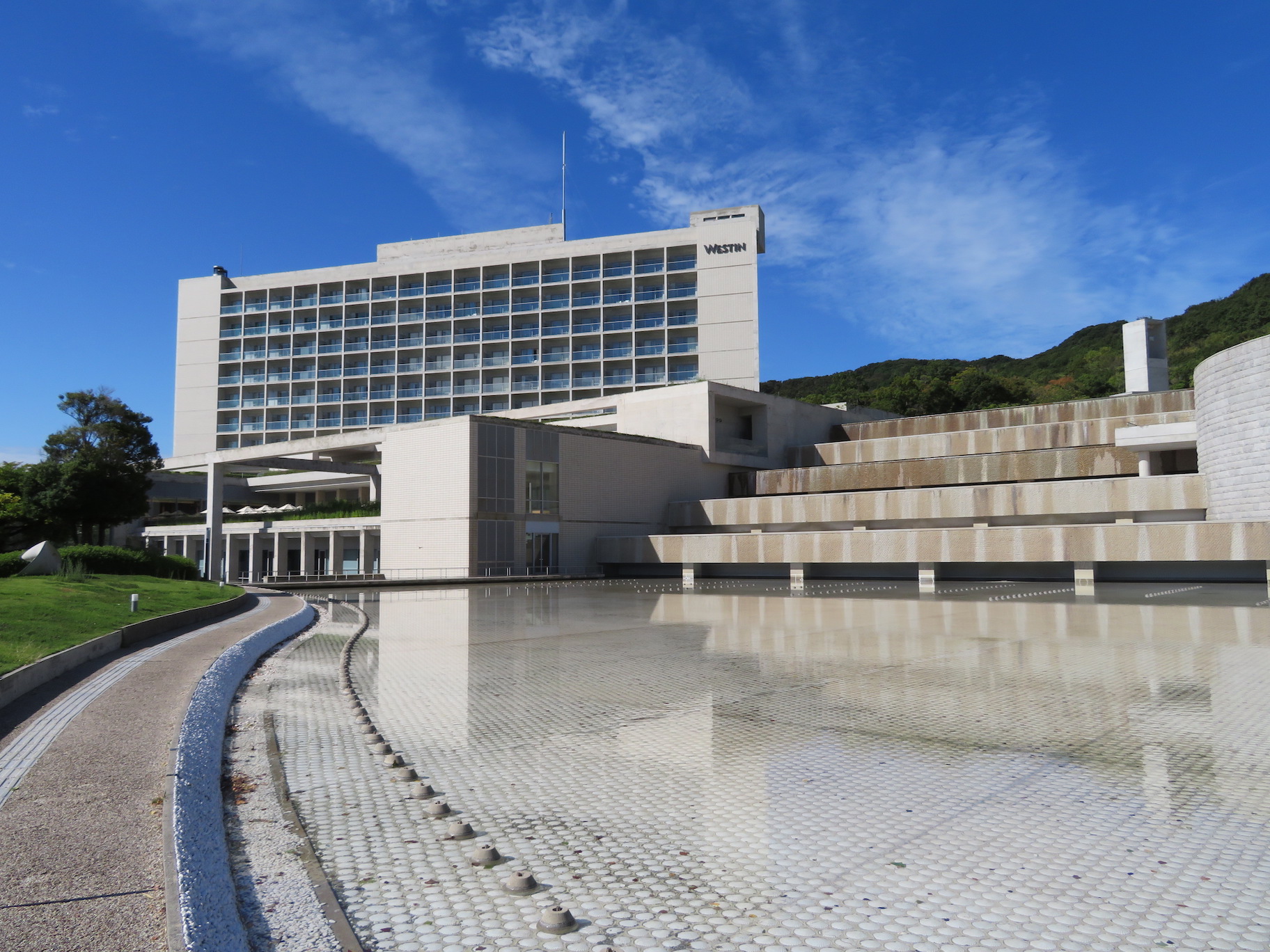



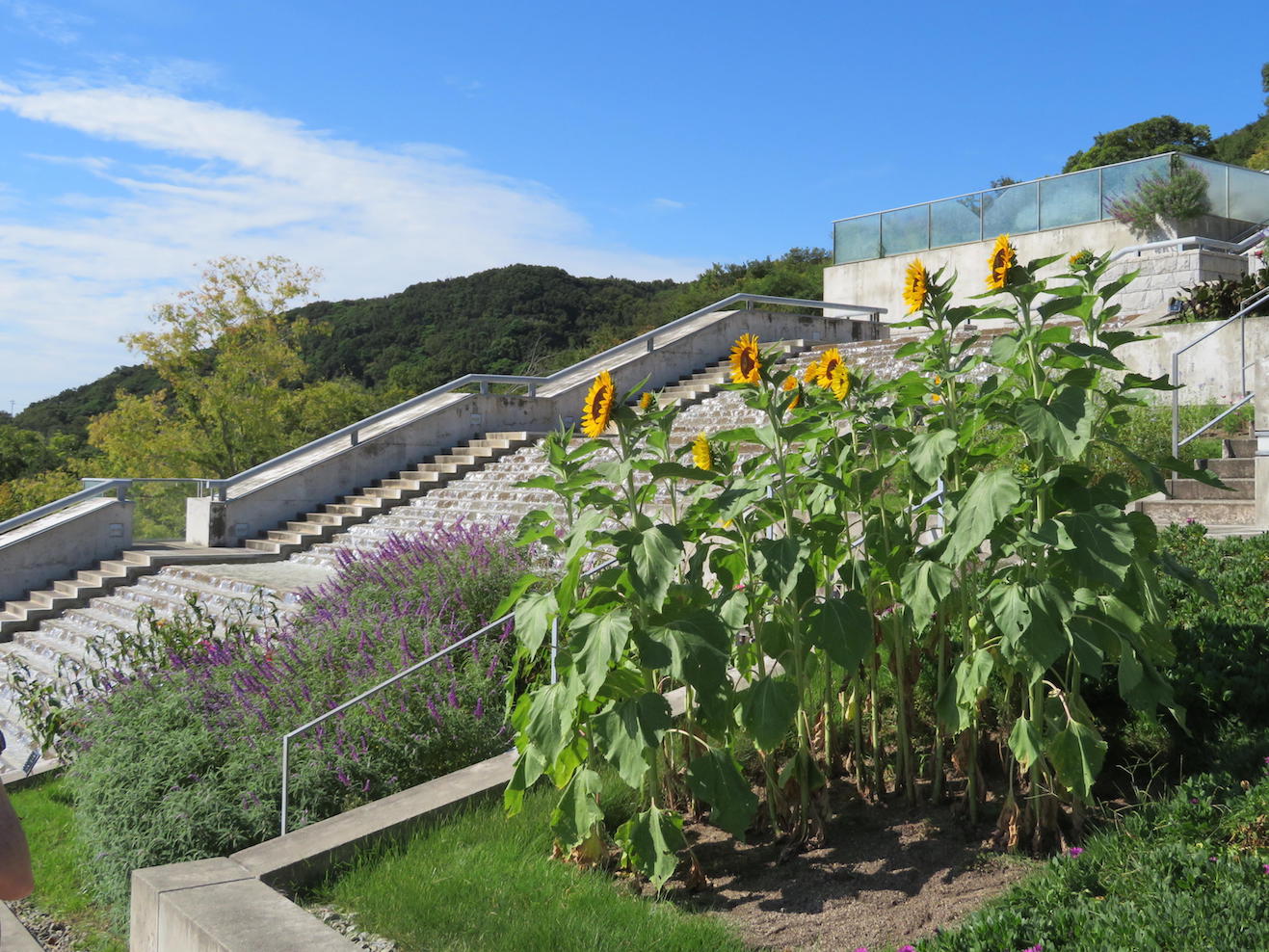
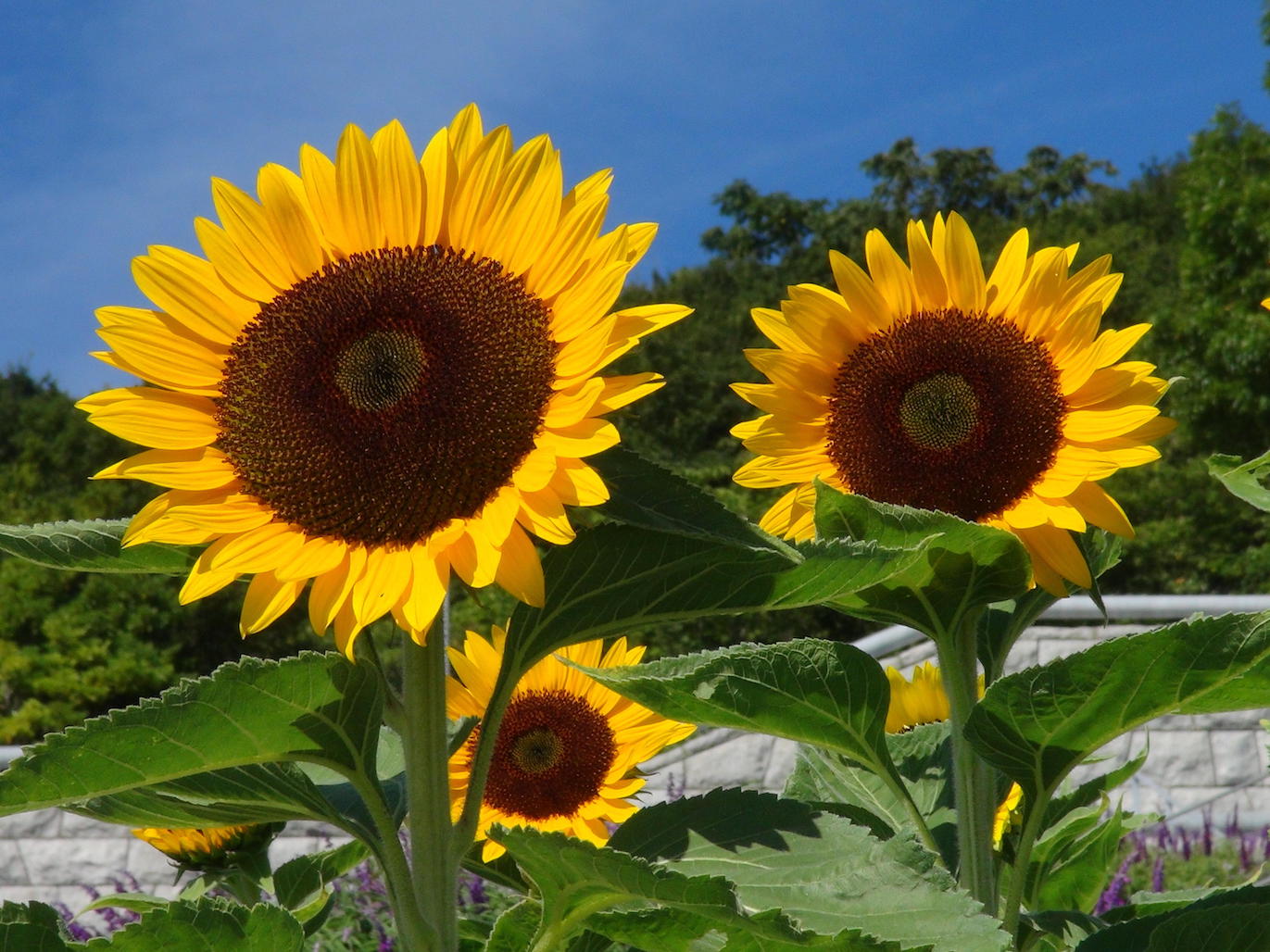

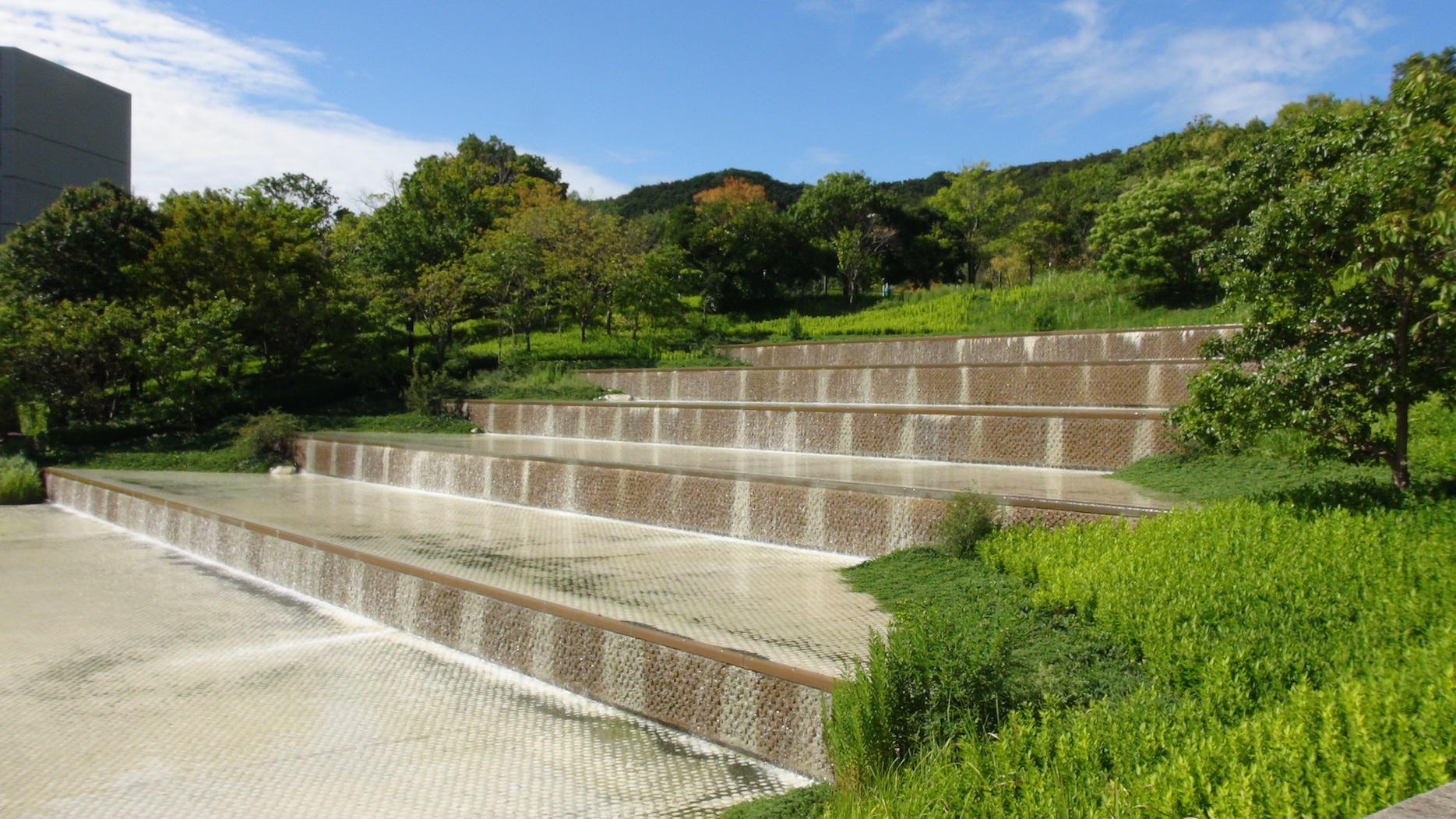



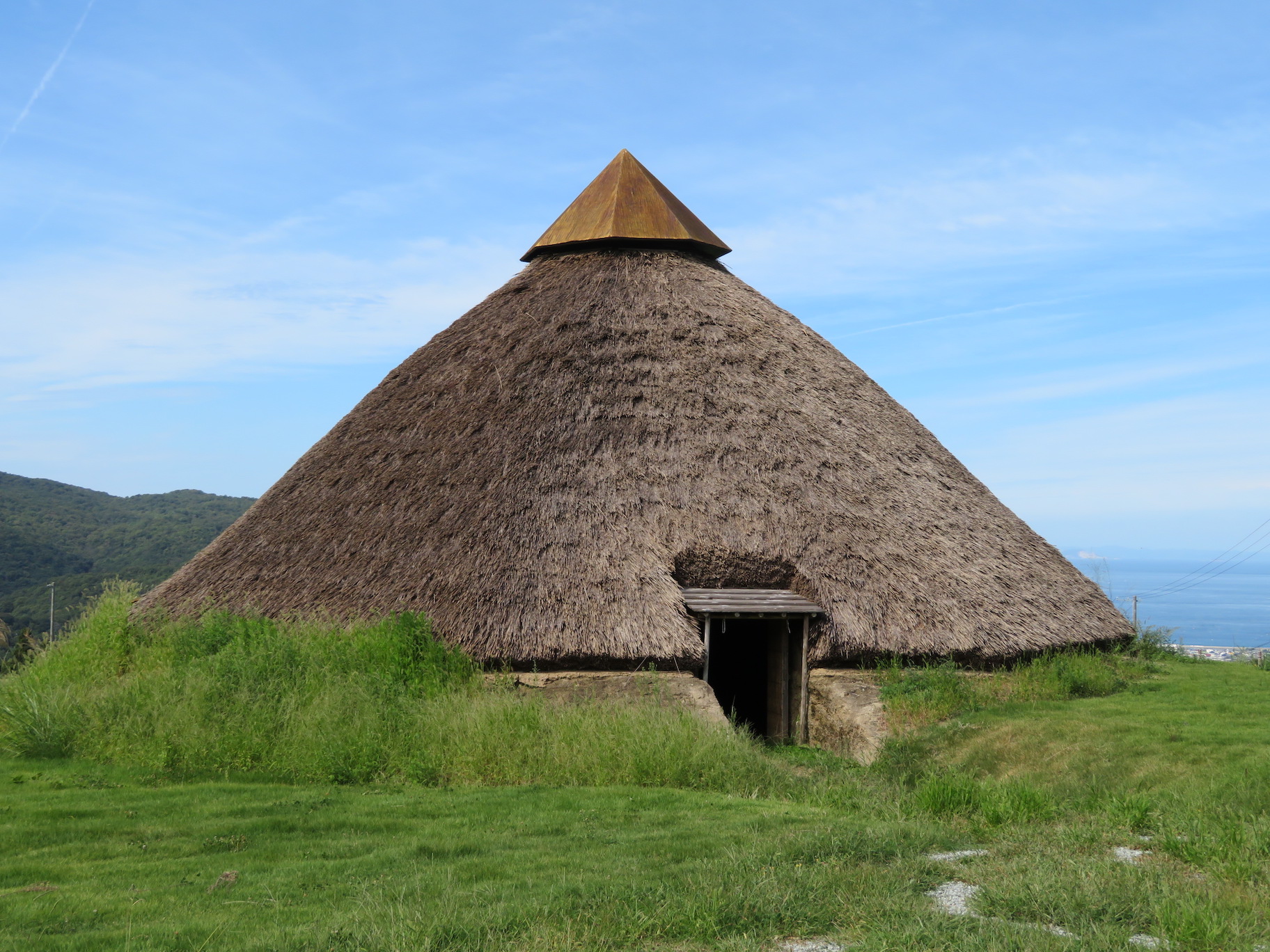

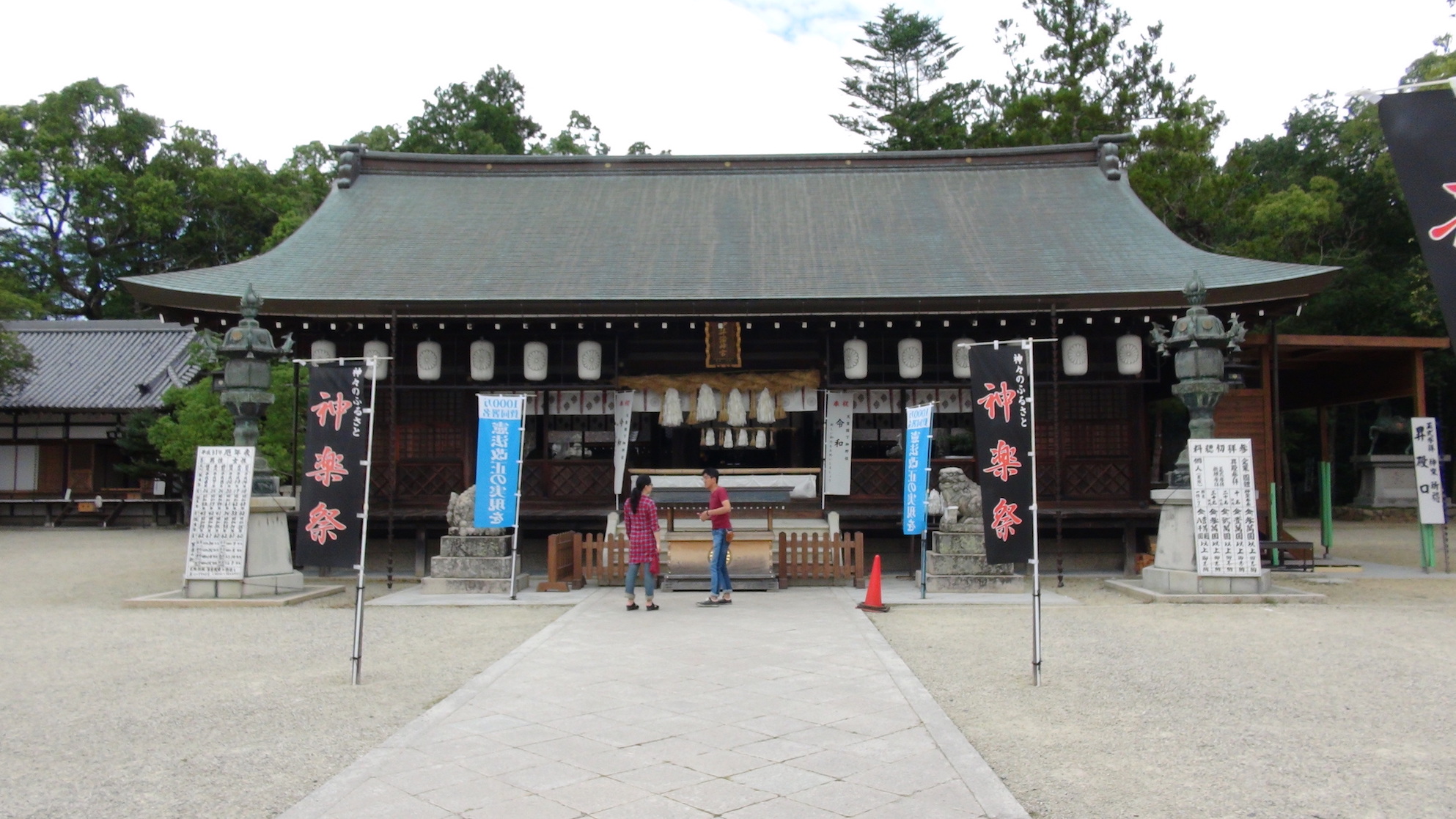
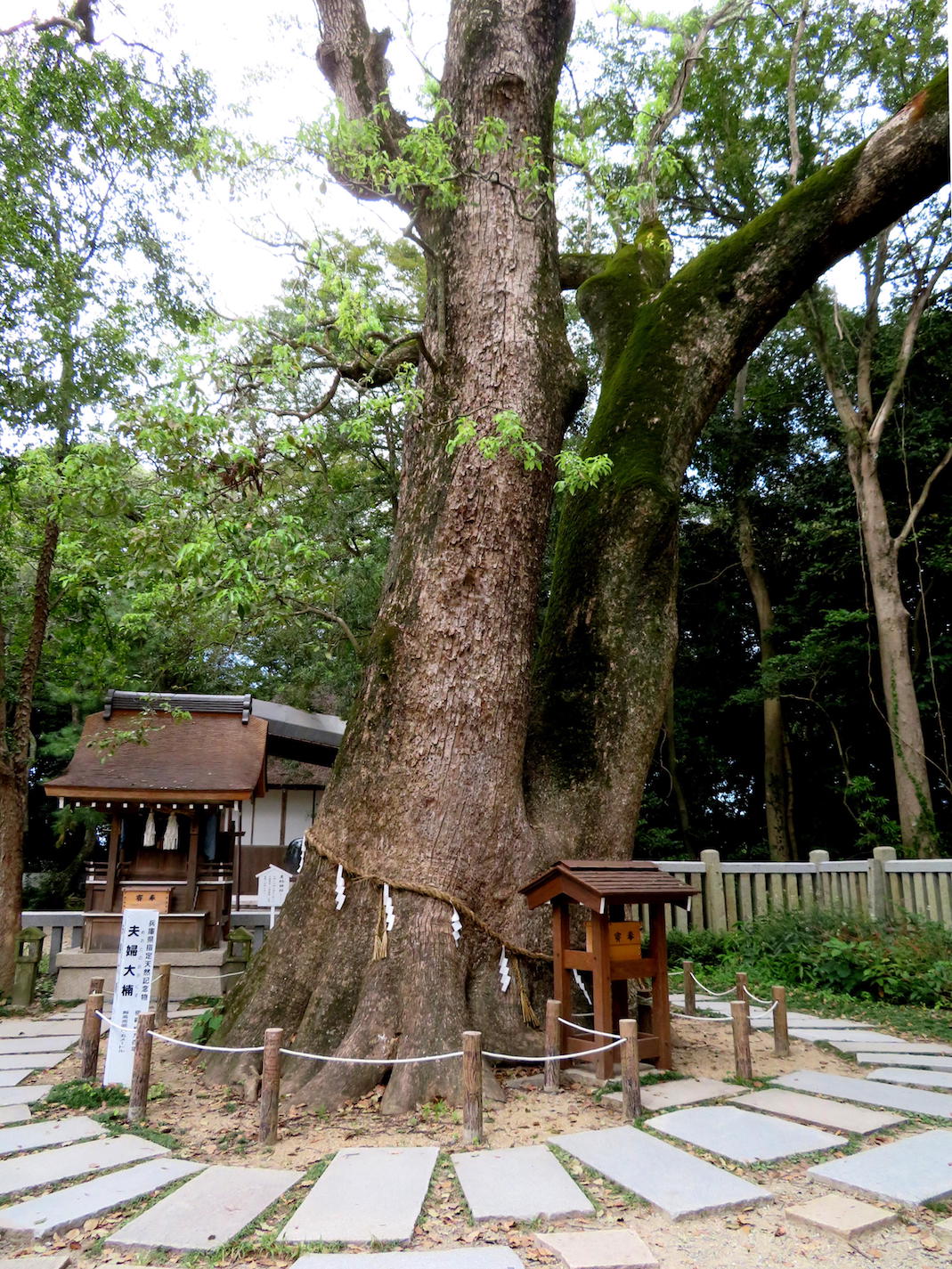
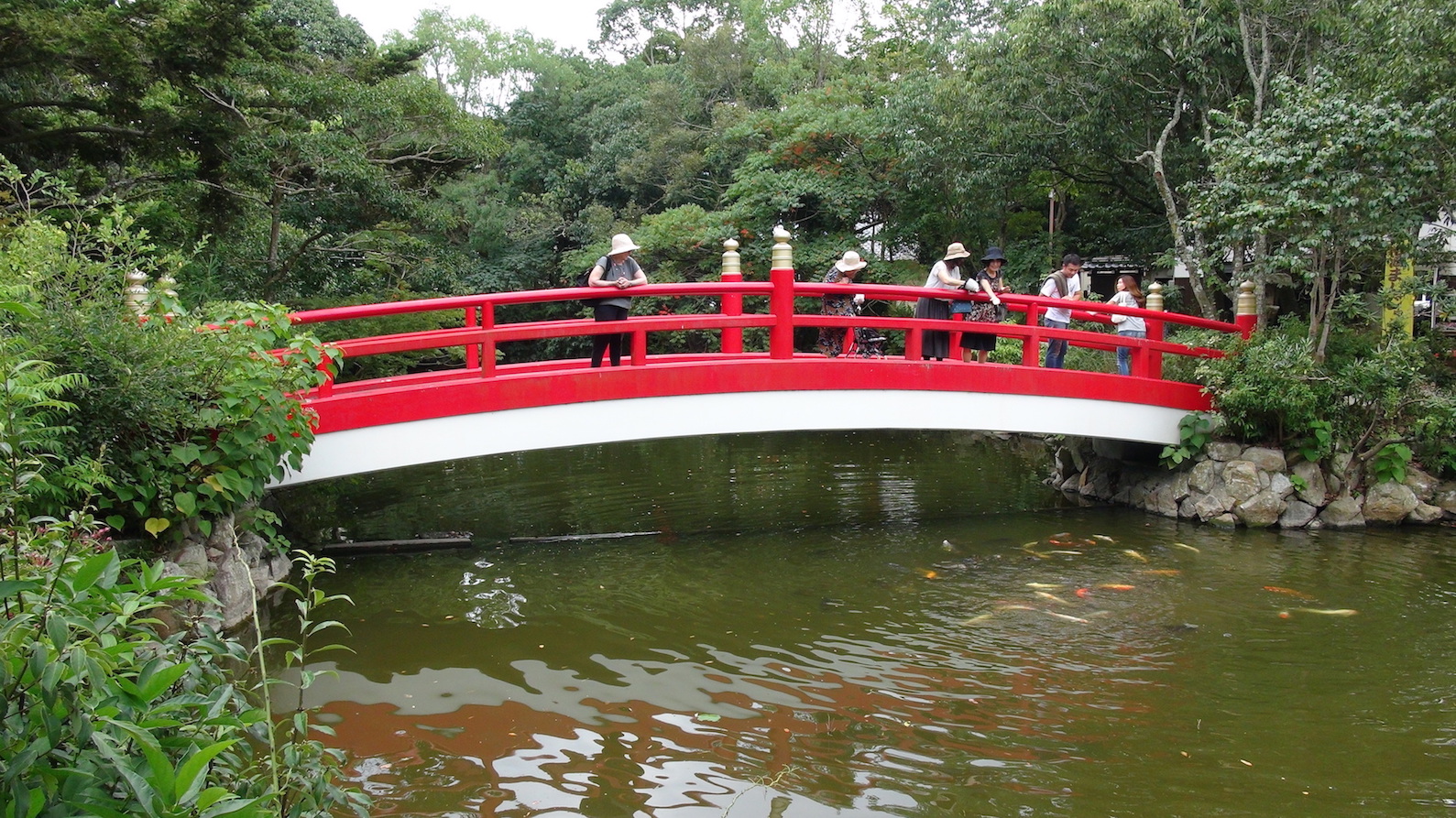


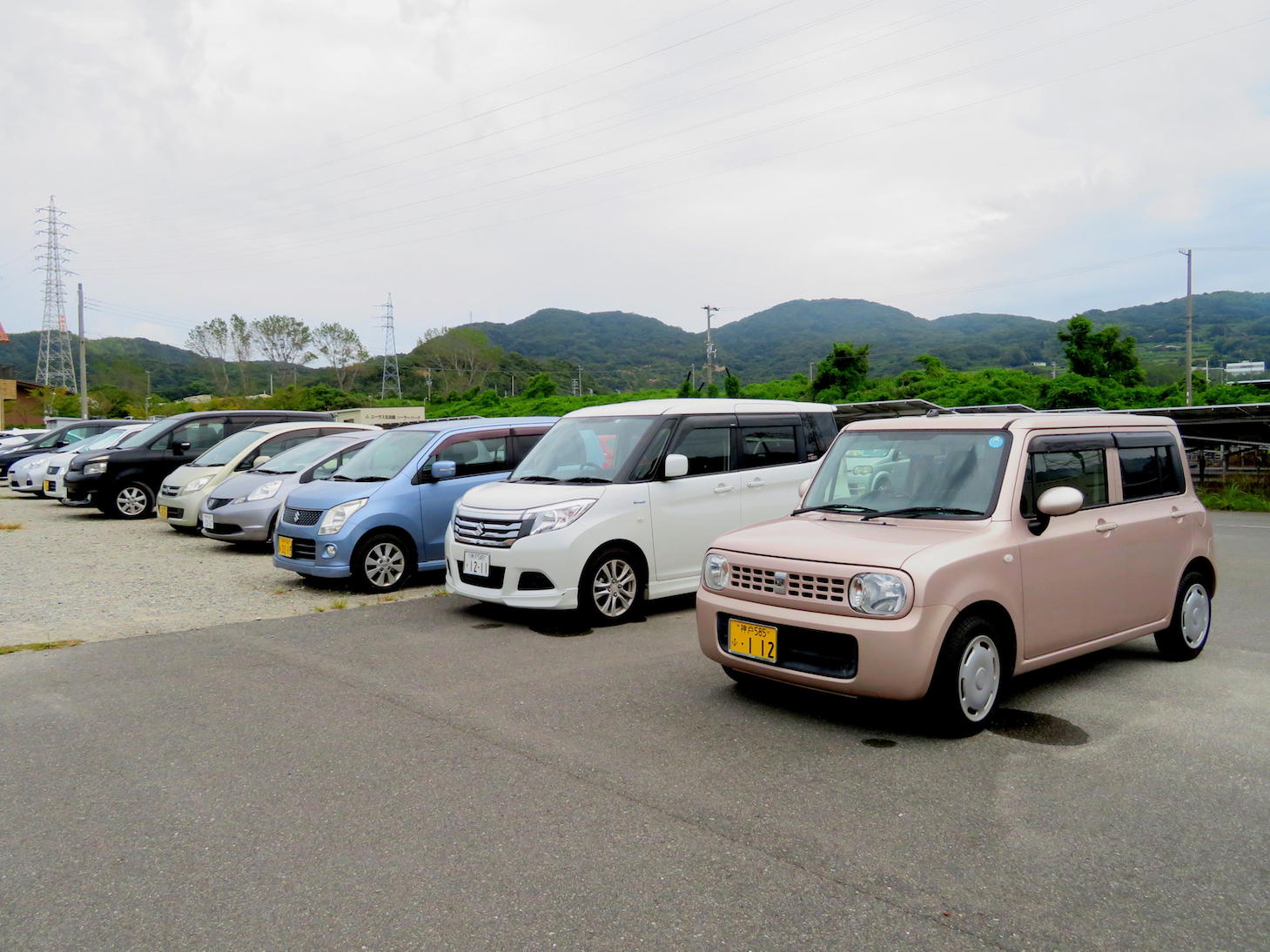

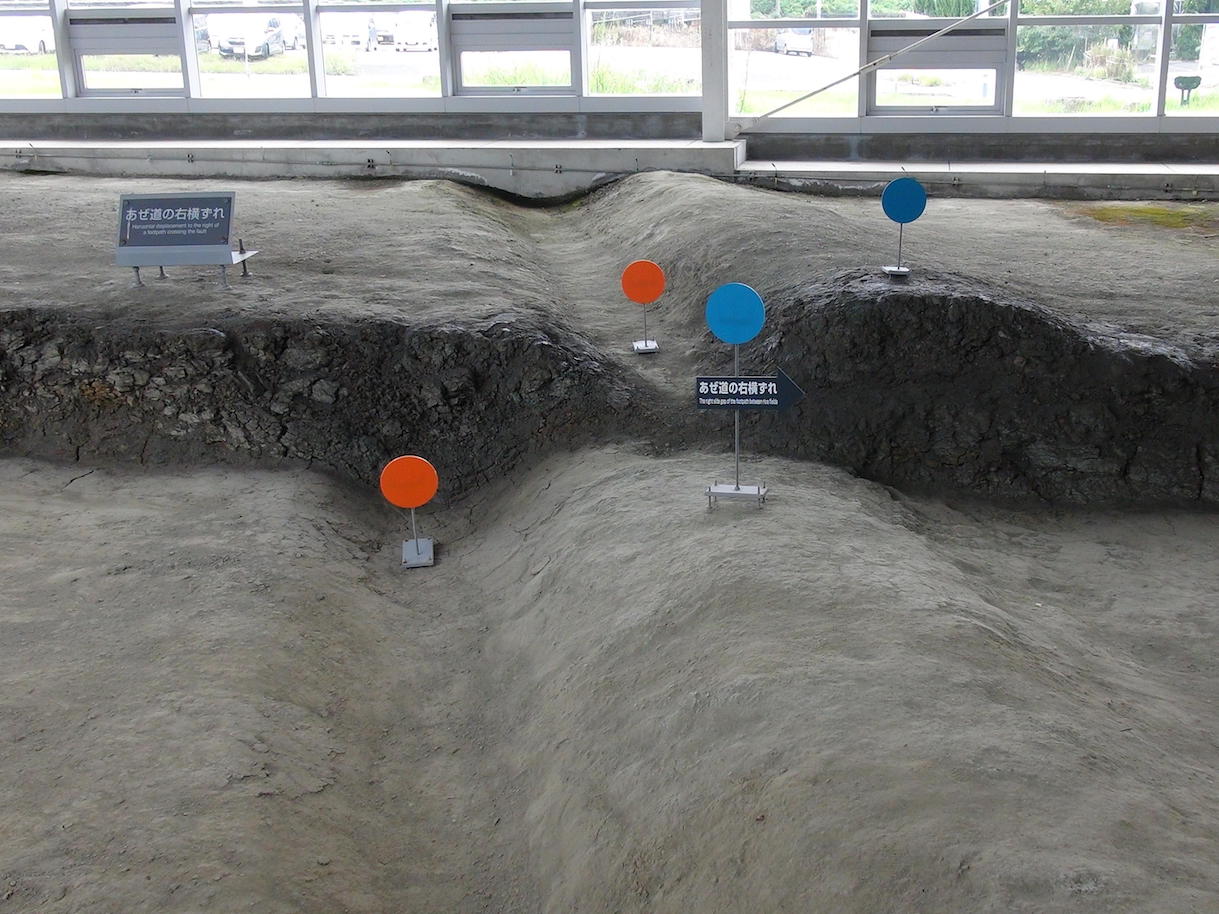



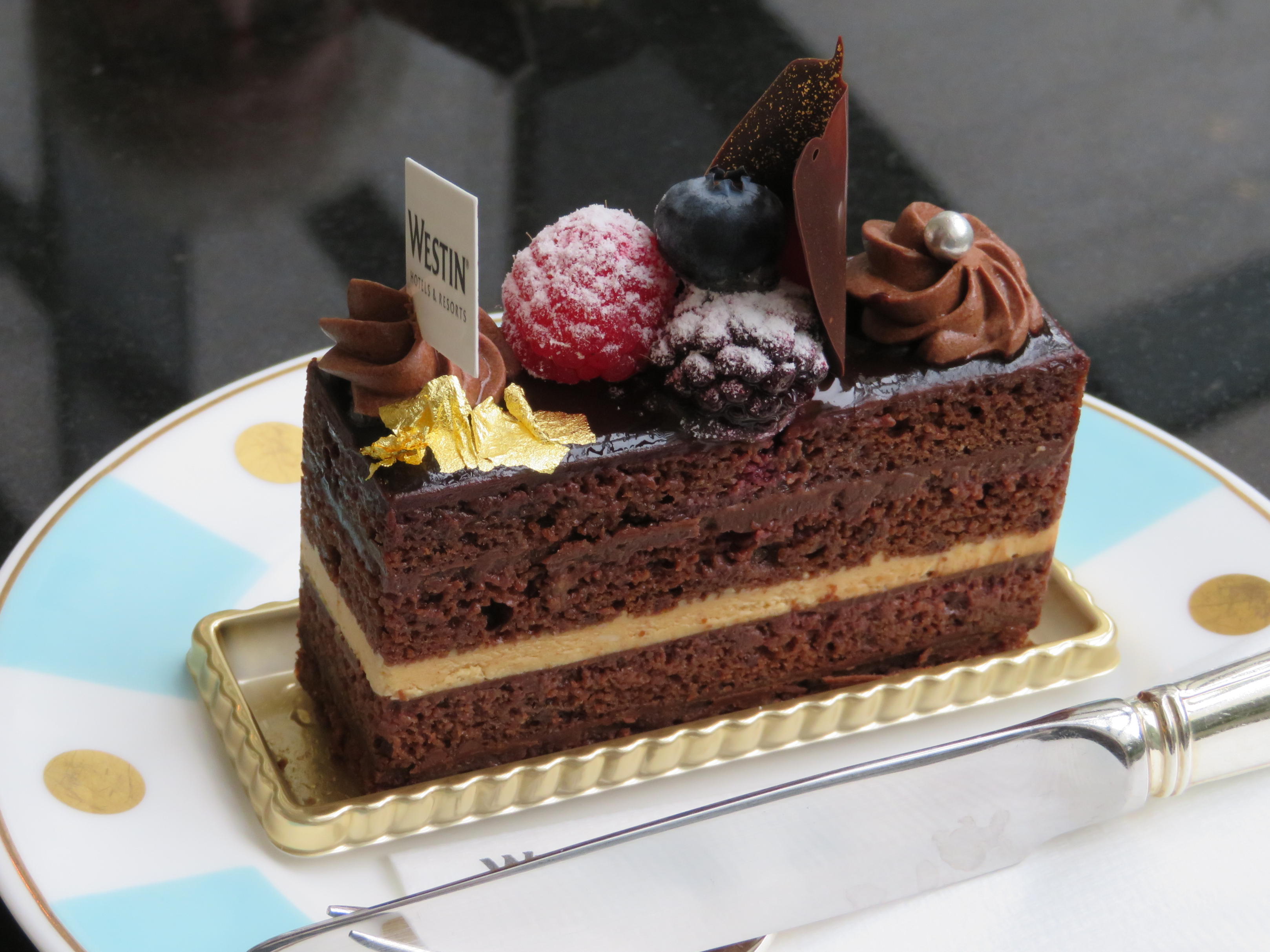
Oh, this thing with bathrooms is starting to drive me crazy… every time I encounter one of those hide-and-seek arrangements, I ask myself, how is this better?
I was utterly defeated by one the other day… it went on automatically when I put my hand under it, but it didn’t turn itself off. And, ever mindful of not wasting water, I searched frantically for the whatsit, and finally headed for the door to alert the wait staff to the problem. As soon as I opened the door the water turned itself off.
So if I were one of those vain women who spend ten minutes refreshing their entire makeup and hairdo, that water would have been gushing down the sink for the entire time. What a stupid, stupid idea!
Hmm, maybe don’t come to Japan then Lisa-haha! The one I hate isewhen I can’t find the toilet flush. I start to panic, and to feel ridiculous. I liked the toilet I used yesterday which had a sign on the wall saying where the flush mechanism is. Just as well as I wonder if I would have found it other wise.
Canberra Theatre has a sink system in the Ladies. It’s a horizontal bar, and on the left of it is sensor water and on the right sensor hand dryer. You have to get your hands in just the right position to get each to work. I think we’ll learn it eventually. I might be wrong but I think they are intended to be more hygeinic as you don’t have to touch anything, and probably more environmental if the sensors work (or if we know how to make them work!) However, I know I can feel a fool at times.
Well, not to go on an on about it….but…
I read somewhere recently (probably the ABC’s Health newsletter) that there is considerable research about which methods are the most hygienic for drying your hands. First up, anything that doesn’t completely dry the hands leaves the germs where they were. That’s most of the blow dry thingies you come across. (The people who can’t be bothered waiting to take their turn are a separate category). But even the ones that work send warm germ-laded microbes flying everywhere in the washroom. Towels are obviously a bad idea but paper ones are bad for the planet and most people don’t dry their hands properly with them. (They are also not nice for whoever gets to clean the room.)
The only solution is to carry your own hankie or tissues, but that doesn’t save you from the germs dashing about from when other people use the blow dryer thingy. Unless you wear a face mask.
Our mothers were right. Don’t use public toilets.
Haha, Lisa, I’ve always been lucky with a good constitution so have never had to use public toilets much. I almost never went at school for example. But, you’re right, no system is foolproof. I think those deep Dyson hand dryers that you put your hands in and that work fast are probably the best, but I don’t know.
Interestingly, as I recollect from previous visits, Japanese women often do (or did) carry little soft cloths to dry their hands. With the new blow dryers, I wouldn’t be surprised if that traditions is going.
Wonderful gardens.
As for your afternoon-tea … words fail.
😀
One of things about Japan is the gardens, M-R, from the big fancy ones to little temple or even littler private ones. I love looking at them.
Food dish pictures were elegant and artfully presented as always. Those two desserts were completely decadent and oh-so-lovely looking! Mary Poppins had a song about them.
I enjoyed the details of your day and loved the wonderful photos and videos. Again, I enjoyed the Challenges Met and Challenges Fail. The facilities conversation is of course spot on and quite a giggle when you think about how universal the feelings of confusion and a bit of aggravation are – signs explaining how things work do make one feel competent again!
Favorites – Although ALL those stairs left me fatigued JUST looking at them, I love the sunflowers. I am a sucker for koi ponds – liked the pic and loved the video. The Camphor tree commands respect and has mine. I am curious about what looks like little white lightening bolts circling it. The earthquake aftermath pictures are sobering to say the least. All disaster picture are ultimately profound – bad things do happen to good people everywhere and there is no respite.
Thank you for another full packed day of education and enlightenment. My feet are not the least bit sore in spite of all those stairs and shrine and monument viewing. Actually, I feel refreshed and smile at the wonder of it all. =)
You are a trick Trudy! Glad your feet feel good after all yesterday’s travelling. You are right about disasters. A journalist here has written a book called “Any ordinary day” and one of the themes I believe is just that, that disaster is democratic. It can happen to anyone.
The white lightning bolt items on the tree are a traditional part of Shinto tradition. They are paper attached to a rope and make a shimenawa, which is used to identify sacred places and objects,like torii (gates), sacred trees and stones.
Shinto shrines have all sorts of traditions, including the purification ritual we mentioned on an earlier day.
But now, time to sightsee!
Hi Sue-Terry & Len,
I have really enjoyed re-visiting Awaji Island with you. It has brought back great memories. I’m pleased you had that “light bulb” moment re hiring the car, it has certainly worked out well for you. Did you get my email re map codes? When we visited the Water Temple as far as I was aware there was no prohibition on photos, and hopefully I wasn’t being culturally insensitive (we were the only ones there) so I have photos of the beautiful vermillion walls and circular corridor which you are welcome to have for your memories. I too had a few moments of panic unable to locate the flush buttons…often quite a challenge! Your photos are wonderful. Happy & safe travelling, Sue-Percy
Thanks, Sue-Percy, I’m glad you’ve enjoyed the posts. I love reading people’s writing on places I’ve been. Oh dear, did I get your email re map codes? I don’t think I did. It may have come just as we set off travelling, and I haven’t managed to catch up with all my emails. We gathered that map codes were an alternative but didn’t know them. The phone no worked for almost every place but we had to search for it at times.
Re the photos in the Water Temple, I took one inside, and then Len asked! They said “not inside”. So, heartbreakingly l deleted it and didn’t take others. Three other people came through when we were there.
As for flush buttons, it’s amazing how many different permutations they can be, isn’t it.
Anyhow, thanks for all your info on this place. We had a wonderful three nights there.
Enjoy Canada, soon now! It’s been beautifully balmy here so far, but we believe it’s not going to last.
I’ve loved visiting Awaji with you too, especially the sign for Ikuta village. Did you go there to see it? It even had the same very simple kanji as the Ikuta family name. The second character means rice field and it looks like a rice field 田. Anyhow, It’s not really that common of a name and you usually only see it in the Kobe area. I enjoyed your Izanami and Izanagi shrine story about the camphor tree and I’d really like to see the Yumebutai and hyakudan. Oh, and I read with interest your observations about abluting and toileting. The abluting is very streamlined (once you figure it out) don’t you think? I made the mistake of frantically fiddling with every movable knob and not being successful at all until I realized that the temperature was preset to 41 degrees (rather hot) and all I had to do was to turn the other on and off lever. I agree with Lisa and these automatic turn on sinks are really annoying and don’t work half of the time. However, in Japan, they always work if properly activated. As for the toilets, I’m sure that by the end of your trip you will have completely figured them out and will wonder why the rest of the world lives so primitively.
So glad you liked Ikuta Village Carolyn. We did drive in, and asked a couple sitting in their yard if it was Ikuta Village before we took the photo. But, there was very lime there. It was very tiny, and mainly rice paddies.
Yes, I agree it is, the ablutng etc, I mean, and overall I like it though today I had another flush panic. Fortunately, I fairly soon found the mechanism on the opposite side to where it usually is. But I agree, re the toilets, too. Whenever we leave Japan we wish we could take the toilets with us. They are taking a long time to come to the West aren’t they?
PS Why are Japanese bridges always red? I’ve often wondered about this, is it symbolic of something?
Or, if they’re not, could you take a photo of one that isn’t?
Yes, Lisa, the red is symbolic – like in China – but there are many bridges that are stone, plain wood, etc. I will make sure we include the next one we see. Road bridges can be any colour, just like ours. It’s the garden ones and bridges in or near temples etc where you mostly see the red ones. And thesis are the ones people love to photograph of course!
OMG YOU HAD A MONT BLANC I AM GOING TO CRY A MILLION TEARS OF ENVY
What can I say!